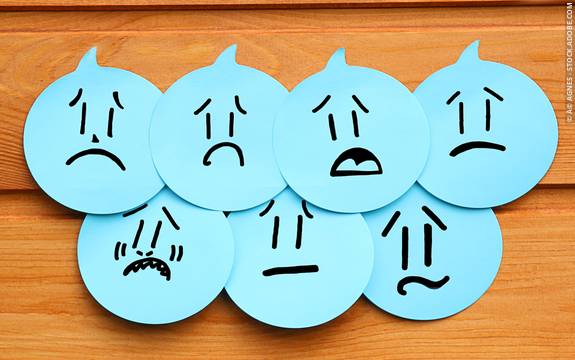 Emotions are partly derived from feelings. To explain how this derivation occurs I use a model of consciousness that is a traditional one: consciousness has three modes, those of will, mind, and feeling. Past variations on this model substituted action for will, and emotion or sensibility for feelings. In this model I distinguish between consciousness and mind. Consciousness is the totality of the person, whilst mind is only one feature of it. However, my model has an innovative feature: the three modes are separate, but they interlock by the production of desires and emotions.
Emotions are partly derived from feelings. To explain how this derivation occurs I use a model of consciousness that is a traditional one: consciousness has three modes, those of will, mind, and feeling. Past variations on this model substituted action for will, and emotion or sensibility for feelings. In this model I distinguish between consciousness and mind. Consciousness is the totality of the person, whilst mind is only one feature of it. However, my model has an innovative feature: the three modes are separate, but they interlock by the production of desires and emotions.
In this model, mind has two aspects, intelligence and intellect. Intelligence links to will and to feeling, and intellect is the source of abstraction. The former expresses the activity of the mind, whilst the latter is an indication of the degree of maturity of the mind. [¹]
Mind is the key to consciousness. Mind, in fact, is the ‘cement’ that keeps all aspects of consciousness together.
Now the mind helps to produce desires and emotions. In this aspect of mind we use ideas or concepts.
I give definitions of desire and emotion that brings out their reliance on concepts.
Will is a pure striving, an undirected effort. When will is united with mind, it generates desire. Desire is the activity of will directed into a mental concept. The concept governs the use of will. The concept directs the will.
For example, will plus the concept ‘social status’ gives rise to the desire to achieve social status. Will plus the concept ‘fame’ gives rise to the desire for fame. Without the presence of desire it is very difficult to sustain the use of will ; if a person tries to renounce desire then he / she is quite likely to become lethargic.
When feeling is united with mind, it generates emotion. Emotion is the activity of feeling directed into a mental concept. The feeling energises a conceptual response to a stimulus. Feelings are primarily either pleasant or unpleasant; rarely are they neutral. Hence there are two possible conceptual responses to any stimulus, which in turn leads to two possible emotional responses.
For example, feeling plus the concept ‘domination’ gives rise to the emotions of anger and fear : anger arises because the pleasant feeling makes domination of others acceptable to me, whereas the unpleasant feeling makes fear arise when I become subject to domination by others.
For another example: feeling plus the concept ‘identity’ gives rise to the emotions of love and hate. Here the pleasant feeling makes a social identity acceptable to me, since I am the same as everyone else: identity produces love. The unpleasant feeling makes me reject a social identity – I prefer to be different and have an individual identity: difference produces hate.
Copyright © 2002 Ian Heath. All Rights Reserved




























